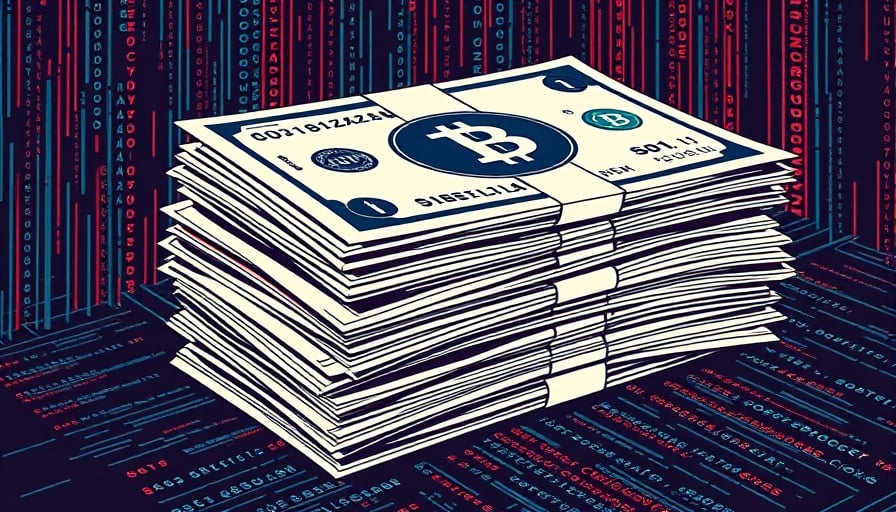Cloudflare’s November 18 Outage: A Case Study in Infrastructure Vulnerabilities
Background
On November 18, 2025, Cloudflare Inc., one of the world’s largest edge‑computing and content‑delivery networks, suffered a service disruption that briefly crippled access to a number of high‑profile websites. Among the affected sites were OpenAI’s ChatGPT and Twitter’s rebranded platform, X. The outage lasted approximately four hours before Cloudflare’s engineering teams restored normal service.
Root Cause Analysis
Company officials clarified that the incident stemmed from an internal permission error rather than a malicious cyberattack. Preliminary investigations indicate that a mis‑configured role‑based access control (RBAC) rule, applied during a routine infrastructure migration, inadvertently revoked necessary network permissions for a subset of edge servers. The error propagated across multiple regions, effectively isolating a portion of the global routing fabric.
This type of failure, often referred to as a “human‑error cascade”, illustrates the fragility of complex systems when even a single administrative oversight can ripple through an entire network. In contrast to a denial‑of‑service attack, which typically involves external actors, a permission error originates within the organization’s own operations—yet the impact on users remains equally severe.
Technical Response and Mitigation
Cloudflare’s engineering team employed a layered rollback strategy:
- Rapid Rollback of RBAC Changes – The team re‑applied the correct permission set to the affected servers within 90 minutes.
- Circuit‑Breaker Activation – Temporary traffic steering rules were introduced to redirect load to healthy nodes, preventing further cascading failures.
- Audit Log Review – Comprehensive logs were examined to trace the exact sequence of permission alterations, enabling the creation of a more robust change‑management process.
Within three hours, traffic to the disrupted services was restored to near‑normal levels. Cloudflare announced a post‑mortem review, promising a detailed report on both the technical root cause and organizational safeguards to prevent recurrence.
Broader Implications for Internet Resilience
The incident underscores the concentration of global internet traffic through a handful of infrastructure providers. When a single entity like Cloudflare experiences a fault, the resulting ripple effects can be felt across multiple sectors—from e‑commerce to finance and education.
1. Dependency Risk
- Statistical Concentration: According to a 2024 study by the Internet Society, Cloudflare and Akamai together handle over 25 % of all HTTP traffic. A failure in either can lead to widespread service degradation.
- Redundancy Challenges: Many organizations rely on a single CDN for performance and cost efficiency, yet they lack true geographic or administrative redundancy. The 2025 outage exemplifies how “single‑point” failures can be catastrophic.
2. Security & Privacy Considerations
- Permission Misconfigurations: While not a cyberattack, such errors can unintentionally expose sensitive data if access controls are relaxed. The incident invites a re‑evaluation of RBAC enforcement, especially in highly automated environments.
- Data Sovereignty: Edge servers located in multiple jurisdictions may be subject to conflicting privacy laws. A disruption could lead to data being temporarily held in insecure locations, raising compliance concerns.
3. Economic and Societal Impact
- Business Continuity: For companies like OpenAI, a temporary loss of ChatGPT can affect customer trust, revenue streams, and product reliability.
- Public Services: Educational platforms and public‑service portals that depend on Cloudflare for uptime were also briefly affected, highlighting how outages can impair access to essential services.
Lessons Learned and Recommendations
| Area | Recommendation | Rationale |
|---|---|---|
| Change Management | Implement automated code‑review pipelines that flag permission changes exceeding a predefined risk threshold. | Reduces human error and ensures oversight. |
| Redundancy | Mandate multi‑CDN or multi‑regional failover for critical services, even for small and medium enterprises. | Decreases systemic risk and improves resilience. |
| Monitoring & Alerting | Deploy real‑time anomaly detection that correlates RBAC logs with traffic patterns to flag suspicious changes. | Early detection can prevent cascading outages. |
| Incident Transparency | Publish post‑mortem analyses with actionable insights, not just root‑cause explanations. | Builds industry trust and fosters shared learning. |
Conclusion
Cloudflare’s November 18, 2025 outage serves as a stark reminder that technology reliability is not solely a matter of hardware robustness; it is equally about organizational processes and governance. While the company swiftly resolved the technical fault and pledged continued monitoring, the broader conversation about internet resilience, data privacy, and the ethical use of infrastructure continues to intensify. Stakeholders across the sector must now confront the reality that a single misstep—whether an attacker’s intrusion or an accidental permission revocation—can ripple through the fabric of global digital life.




